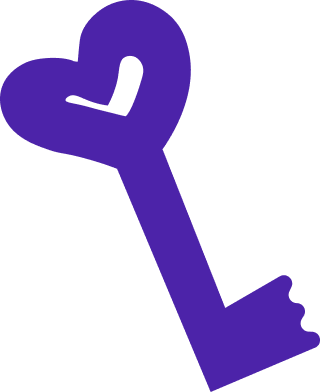
control structure
What is Control Structure
There are three primary types of control structures: sequence, selection, and iteration.
Sequence refers to the default control structure, where statements are executed in the order they appear in the program. This means that each statement is executed one after another, without any conditional checks or loops. It is the most straightforward and linear control structure.
Selection control structures, also known as decision-making structures, allow the program to make choices based on specific conditions. These structures include if-else statements, switch-case statements, and conditional operators. By evaluating the conditions specified in these structures, the program can execute different sets of statements based on the outcome of the evaluation. This enables the program to adapt its behavior and make decisions dynamically during runtime.
Iteration control structures, also referred to as loop structures, enable the repetition of a set of statements until a certain condition is met. These structures include while loops, for loops, and do-while loops. By repeating a block of code, programmers can efficiently perform tasks that require iteration, such as processing data arrays, performing calculations, or executing a series of steps until a specific condition is satisfied.
Control structures provide programmers with the ability to create powerful and flexible programs. They allow for the execution of different code paths, depending on the conditions encountered during runtime. This facilitates the creation of dynamic and interactive applications that can handle various scenarios and user inputs.
From an SEO perspective, understanding control structures is crucial for developers and programmers. By incorporating appropriate control structures in their code, programmers can ensure efficient execution, optimize performance, and enhance the overall user experience. Search engine algorithms also favor well-structured and organized code, which can positively impact website rankings and visibility.
In conclusion, control structures are fundamental building blocks in computer programming that determine the flow and behavior of a program. They enable decision-making, repetition, and sequencing of instructions, allowing programmers to create complex and dynamic applications. By leveraging control structures effectively, developers can write efficient code and enhance the functionality of their software, ultimately contributing to the success of their startup or project.

Digital Transformation Strategy for Siemens Finance
Cloud-based platform for Siemens Financial Services in Poland
Kick-start your AI Digital Transformation strategy with experts.
We design tailored digital transformation strategies that address real business needs.
- AI Strategic Workshops
- Process & Systems Audit
- Implementation Roadmap
Let’s build your next digital product — faster, safer, smarter.
Book a free consultationWork with a team trusted by top-tier companies.








